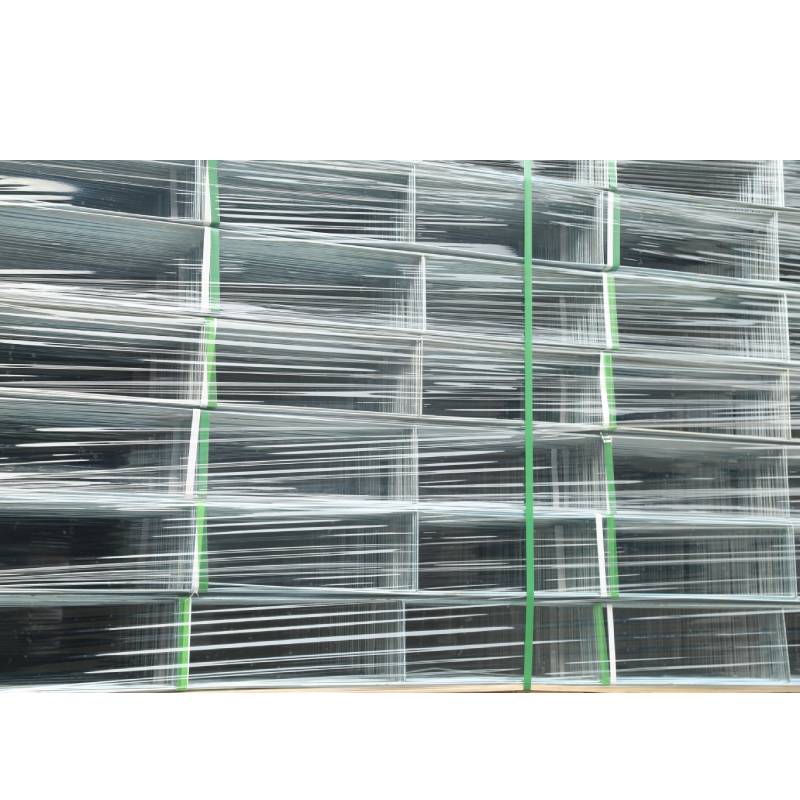
- Mobile Phone
- +8613931874955
- sales@cntcmetal.com
Exploring the Applications and Benefits of Round Wire Springs in Various Industries
Understanding Round Wire Springs Applications and Advantages
Round wire springs are a crucial component in numerous mechanical devices, providing essential support and functionality in various applications. These springs are constructed from metal wires that are typically round in cross-section, which gives them a unique set of properties and advantages over other types of springs.
Definition and Construction
At its core, a round wire spring is a component designed to store and release mechanical energy. They are constructed from a variety of materials, including stainless steel, carbon steel, and alloys, each chosen for its specific mechanical properties and resistance to environmental factors. The wire is typically coiled into various shapes, including compression springs, extension springs, and torsion springs, allowing it to accommodate differing loads and movements.
Types of Round Wire Springs
1. Compression Springs These springs are designed to resist compressive forces. When a load is applied, the coils compress, storing energy that can be released when the load is removed. They are commonly used in applications such as automotive suspensions, mattress supports, and industrial machinery.
2. Extension Springs These springs work in traction, designed to stretch and absorb energy when a load is applied. They tend to have hooks or loops at either end, which allows them to be anchored securely. You'll find extension springs in mechanisms like garage doors and exercise equipment.
3. Torsion Springs These springs store energy when twisted. They are often used in applications where rotational force is required, such as in clothespins, swing arms, or a variety of devices requiring a controlled movement.
round wire springs

Applications Across Industries
Round wire springs find applications across a multitude of industries. In the automotive sector, they are essential for shock absorption and contributing to overall vehicle stability. In manufacturing, they are incorporated into assemblies where they support the smooth operation of machinery and equipment. Other sectors like healthcare utilize round wire springs in devices such as hospital beds and medical instruments due to their reliability and customized form factors.
In consumer products, round wire springs are integral to everyday items, from pens to toys, providing an essential function that enhances user experience and product longevity. Their versatility and adaptability make them suitable for both simple and complex designs.
Advantages of Round Wire Springs
One of the standout advantages of round wire springs is their ability to be customized to specific applications. Designers can manipulate various parameters—such as diameter, coil count, and material types—to meet the exact demands of their projects. This level of customization allows for greater flexibility and optimization in product design and functionality.
Moreover, round wire springs generally exhibit excellent tensile strength and fatigue resistance. These qualities result in a longer lifecycle, making them a cost-effective solution in the long run. Their relatively simple design also contributes to ease of manufacturing, allowing for mass production while maintaining quality standards.
Conclusion
In summary, round wire springs play an indispensable role in modern mechanics and technology. Their diverse types, applications, and inherent advantages establish them as vital components across numerous industries. As technology advances, the demand for high-performance, reliable spring solutions will continue to rise, emphasizing the importance of innovations in round wire spring design and materials. Whether in everyday household items or complex machinery, round wire springs help facilitate countless functions, underscoring their significance in our engineered world.
share:
-
Your Source for Concrete Wall Ties and Masonry AccessoriesNewsJul.10,2025
-
Unlocking the Power of Iron Wire for Every ProjectNewsJul.10,2025
-
Explore Advanced Chain Wire and Stainless Steel Mesh FencingNewsJul.10,2025
-
Discover the Benefits of Annealed Wire ProductsNewsJul.10,2025
-
Discover China Stainless Steel Wire Mesh SolutionsNewsJul.10,2025
-
Build with Confidence Using High-Performance Masonry AccessoriesNewsJul.10,2025
-
Why Sacrificial Formwork Is Redefining Underground ConstructionNewsJun.06,2025



















